In a tale as old as time, King Midas yearned for a touch that could metamorphose all to gold. His wish was granted, and the world around him shimmered with the allure of endless wealth. Every object he grazed turned to gold, dazzling yet cold to the touch. The ecstasy of boundless power was intoxicating, until the reality of his curse unveiled itself when he turned his beloved daughter into a lifeless golden statue.
As we traverse into the realm of Generative AI, the echoes of Midas’ tale resonate through the digital corridors. With algorithms as our golden touch, we have the power to transmute mundane data into exquisite narratives, captivating images, melodious audio, and engaging videos. The allure is undeniable. Yet, the gold rush towards generative marvels carries with it a chilling reminder. The unyielding quest for digital alchemy, without heed to the realms of privacy and security, could signal an age of chaos for humanity, much like the cold golden touch did in the tale of Midas.
Privacy Risks in Generative AI
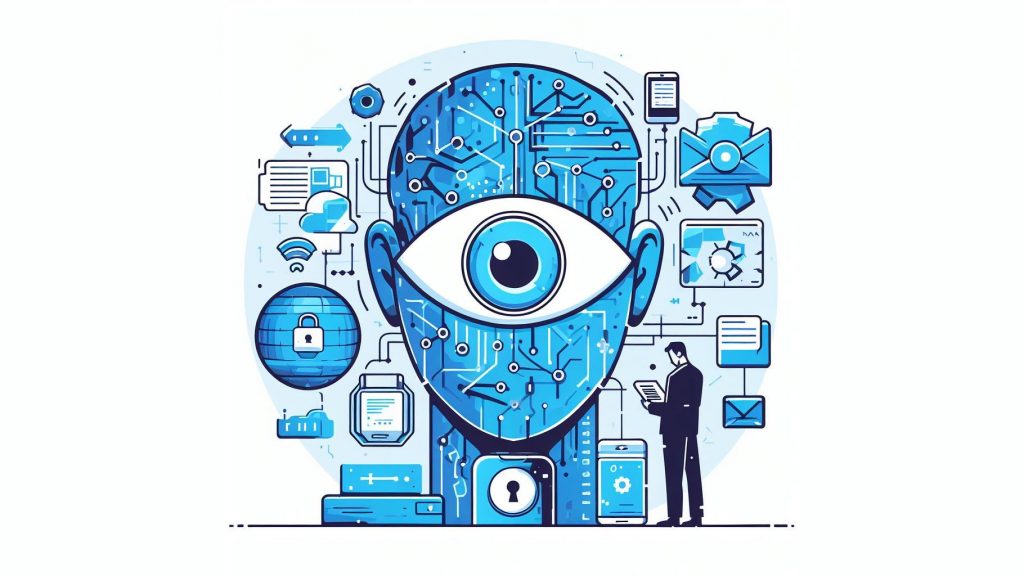
Generative AI’s rapid evolution has ushered in a wave of innovation, allowing for the creation of compelling digital content ranging from text to audio, images, and videos. However, this boon comes with the bane of privacy risks that cannot be overlooked.
Threats:
The initial threat springs from the data Generative AI is trained on. Training datasets could contain private or sensitive information from individuals, which, when processed by generative models, could potentially be replicated or leaked. For instance, a model trained on medical records might inadvertently generate synthetic data that can be traced back to real individuals, thereby exposing their medical histories. In the digital realm, where data is the new oil, the potential for misuse is immense.
Moreover, adversarial actors can exploit these models to extract sensitive information. For instance, by probing a model with carefully crafted inputs, malicious actors could ascertain information about the training data or even specific individuals whose data might have been included in the training dataset. Recent research shows that generative models like GPT-2 and DALL-E 2 are susceptible to training data extraction, emitting private information like names, addresses, and phone numbers when prompted appropriately.
The study found that GPT-2 produced identity-revealing text for 39% of targeted individuals when prompted with their name and state of residence. For DALL-E 2, researchers could extract training selfies by prompting the model with phrases like “a photo of [Person’s Name]”. These empirical results compel us to urgently address training data privacy in generative AI systems before risks scale any further.
Solutions:
To mitigate these risks, several strategies can be deployed.
- Sanitization:
- Sanitization is the meticulous process of cleaning the training data to ensure that no sensitive or personal information is inadvertently included. It involves going through the dataset, identifying, and removing or anonymizing information like names, addresses, and other personally identifiable information (PII). However, the challenge here is maintaining a balance such that the data remains useful for training the model while not breaching privacy norms.
- A case study on sanitizing the “Pile of Law” dataset provides valuable insights into developing rigorous data filtering pipelines that balance utility and privacy. The researchers leveraged legal texts to extract sanitization rules, removed sensitive identifiers, and evaluated downstream performance to validate the sanitization protocol. Such hybrid human-AI approaches show promise for keeping training data privacy-compliant.
- Safe Obfuscation:
- Obfuscation is a technique used to disguise data, making it unintelligible or hard to interpret without losing its format or structure. This can be achieved by various means such as data masking, data scrambling, or data encryption. The goal is to protect the data subject’s privacy by making it exceedingly challenging for malicious actors to reverse engineer the obfuscated data back to its original, readable format.
- Cryptographic obfuscation schemes like homomorphic encryption enable computations on encrypted data, allowing models to train on privacy-preserved datasets. Though computationally intensive, advances like multi-party computation can make secure obfuscation more practical for real-world datasets.

- Differential Privacy:
- Differential privacy is a robust privacy-preserving technique that aims to provide means to maximize the accuracy of queries from statistical databases while minimizing the chances of identifying its entries. By adding a controlled amount of noise to the data, differential privacy ensures that the output of a database query remains practically the same, irrespective of whether an individual’s information is included in the input to the function or not. This way, it prevents the leakage of sensitive information of individuals in the dataset.
- Differentially private generative models like DP-GAN and DP-DM introduce calibrated noise during training to curtail memorization while generating high-quality outputs. However, there are still challenges in balancing rigorous privacy with utility, necessitating further research.
- Deduplication and Replication Detection:
- Deduplication involves identifying and removing duplicate entries in a dataset to prevent the overrepresentation of particular data points, which could potentially lead to bias or overfitting. Recent studies verify that deduplicating training data significantly reduces memorization risks in generative models.
- On the other hand, replication detection focuses on identifying and flagging instances where data, especially sensitive data, is replicated across the dataset, thus helping to maintain data integrity and privacy. Techniques like CLIP-based image retrieval can help detect training data copies in model outputs.
- Machine Unlearning:
- Machine unlearning is a relatively new paradigm that focuses on making models forget or unlearn specific data points from their training data. This is especially useful if it’s discovered post-training that some data should not have been included, perhaps due to privacy issues or data quality problems. Machine unlearning can be achieved through various techniques such as data eviction and model inversion, which help in revising the model to a state as if the undesired data had never been used for training.
- For instance, recent methods have demonstrated the ability to selectively erase personal identities from diffusion models, providing granular control over training data privacy.
Positive Uses:
On the flip side, Generative AI also paves the way for positive privacy applications. One notable application is the generation of synthetic data to replace sensitive real data. For instance, synthetic datasets that mirror the statistical properties of real-world medical datasets, without containing any real patient information, can be a game-changer. They can fuel research and innovation in healthcare while staunchly guarding individual privacy.
Furthermore, Generative AI can be employed to create robust data anonymization techniques, ensuring that the data utilized for various purposes remains private and secure. For example, generating synthetic faces as identity masks shows promise for publishing images while protecting privacy. Overall, the creative capacity of generative models can significantly bolster our privacy protection arsenal.
Authenticity Risks in Generative AI

Generative AI, with its ability to create highly realistic digital content, poses significant risks to the notion of authenticity. The proliferation of deepfakes and synthetic media can perpetuate misinformation, distort truth, and erode trust in digital communication.
Threats:
- Proliferation of Deepfakes:
- Deepfakes, powered by Generative AI, have become increasingly sophisticated, creating realistic videos that can depict real individuals saying or doing things they never did. These fabrications can be weaponized to spread misinformation, tarnish reputations, and even incite violence. For instance, a malicious actor could create a deepfake video of a political figure making inflammatory remarks, potentially sparking social unrest.
- Synthetic Media:
- Beyond deepfakes, synthetic media encompasses a broader range of AI-generated content including text, images, and audio. False narratives can be constructed and disseminated at scale, muddying the waters of public discourse. The ease and speed at which misleading content can be generated and shared pose a formidable challenge to maintaining a factual and authentic digital ecosystem.
- For example, an experimental study found that humans have difficulty identifying AI-generated fake news, believing 37-45% of written articles were real even when prominently presented as AI-generated. This demonstrates the credible threat of using synthetic text for misinformation.
Generative Detection:
- Identifying AI-generated Content:
- Techniques such as digital watermarking, forensic analysis, and machine learning algorithms can be employed to identify AI-generated content. For instance, inconsistencies in lighting, shadows, or the absence of natural blinking in videos can be red flags indicating a deepfake. Additionally, machine learning models can be trained to spot the subtle artifacts or patterns that are typical of AI-generated content.
- Recent advancements like the GenImage dataset provide over 10 million images for developing robust statistical detectors that generalize across diverse data distributions and generative models.
- However, it must be noted that due to the complexity of generative models and their outputs, these AI-detectors are iffy at best and therefore must not be treated as sources of truth for whether a piece of content was generated by AI.
- Meta-data Analysis:
- Analyzing metadata can provide clues about the authenticity of the content. For example, inconsistencies in the file metadata or the absence of normal camera noise can indicate manipulated or AI-generated content. Forensic techniques like PhotoProof leverage metadata mismatches for manipulation detection.
Generative Attribution:
- Tracing Content to Source Model:
- Tracing AI-generated content back to its source model can be a crucial step in accountability. Techniques such as model watermarking and fingerprinting can help in identifying the specific generative model used to create the synthetic content. This way, platforms and authorities can have a better understanding of the origin of malicious content, aiding in accountability and remediation.
- For example, methods like RepMix reliably attribute GAN-generated images through model fingerprinting. Extending attribution capabilities to diverse generative model architectures is an active research frontier.
- Focus on Invariant Features of Real Data:
- By focusing on invariant features inherent to real data—features that generative models find hard to replicate accurately—detection systems can be designed to differentiate between real and synthetic content. These invariant features could include certain textural or temporal consistencies present in real data but often missed by generative models.
- Learning robust representations of such invariant real-world statistics is critical for creating generalizable forensic discriminators that rely less on artifacts of specific AI generation techniques.
Establishing robust detection and attribution frameworks, coupled with public awareness campaigns and stringent regulatory measures, can provide a holistic approach to mitigating the risks posed by synthetic media and deepfakes.
Controllability Risks in Generative AI

The proliferation of Generative AI has presented an array of controllability risks involving the potential misuse, unauthorized access, and malicious manipulation of generative models. Here are some of the critical aspects of controllability risks and potential mitigations.
Access Control:
- Adversarial Perturbations:
- Adversarial perturbations pose a significant threat to the integrity and proper functioning of generative models. These crafted disturbances to input data can lead to erroneous model outputs, potentially with malicious intent. For instance, slight, often imperceptible alterations to an image input could prompt a generative model to output inappropriate or harmful content. The subtlety of adversarial perturbations makes them a clandestine tool for bypassing security measures, requiring advanced detection and mitigation techniques to ensure model resilience.
- Model Inversion Attacks:
- Model inversion attacks reveal a darker side of generative AI, where attackers attempt to reverse-engineer models to unveil sensitive information about the training data. This form of attack highlights the potential for misuse of generative models, especially when they are trained on datasets containing private or sensitive information. The risk amplifies in scenarios where the training data encompasses personal or demographic information, making the defense against model inversion attacks a paramount concern.
- For example, Fredrikson et al. demonstrated that facial recognition models are vulnerable to model inversion attacks, enabling attackers to reconstruct recognizable face images from model parameters. Preventing such privacy violations necessitates rigorous access control mechanisms.
Traceability:
- Watermarking:
- Watermarking serves as a vital tool for asserting ownership, ensuring accountability, and tracing misuse of generative models. By embedding unique identifiers within the model or the generated content, watermarking facilitates traceability, enabling the tracking of content back to its source model. This is pivotal in scenarios where AI-generated content is misused or disseminated without authorization.
- Novel watermarking schemes like DiffusionShield allow embedding ownership metadata robustly into images, persisting even after image processing operations. Such durable watermarks aid in protecting copyright and restricting misuse.
- Blockchain for Monitoring Data Provenance:
- The immutable nature of blockchain technology presents a robust solution for monitoring data provenance. By creating a transparent and tamper-proof ledger of data transactions, including when and how AI-generated content is created and modified, blockchain enhances traceability and accountability. This decentralized ledger technology can also foster a transparent audit trail, crucial for regulatory compliance and public trust.
- Blockchain-based frameworks for tracking generative model ownership lifecycles show potential for reducing IP infringement and plagiarism risks.
Trust Evaluation:
- Source and Quality Evaluation:
- Ensuring the credibility of generative models begins with a thorough evaluation of the data sources and the quality of training data. Employing rigorous data validation and verification protocols, alongside leveraging trusted data sources, can significantly mitigate the risks associated with biased or misleading generated content.
- Expected Value and Change Detection:
- Establishing a robust monitoring framework for evaluating the generated content against expected values and detecting significant deviations is crucial for maintaining control over generative models. Employing statistical analysis and machine learning techniques for real-time monitoring and anomaly detection can provide early warnings of potential issues, enabling timely interventions.
As we stride into a future where AI-generated content becomes ubiquitous, fostering a culture of accountability, traceability, and trust is pivotal for leveraging the benefits of Generative AI while safeguarding against its risks.
Compliance Risks in Generative AI
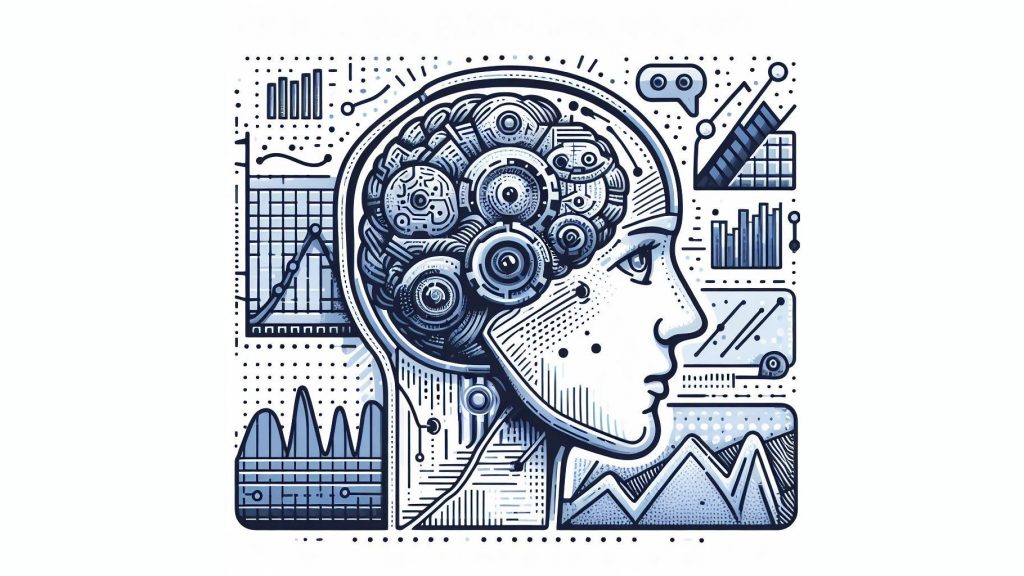
The emergence of Generative AI has ushered in a new realm of compliance risks, intertwined with regulatory frameworks governing data privacy, authenticity, and ethical AI practices. Let’s dissect the compliance risks and explore potential mitigations.
Regulations Restricting Toxic, Biased, Unfactual Generative Content:
- Legal Frameworks:
- The legal landscape governing AI and generative content is evolving to curb the propagation of toxic, biased, or unfactual content. Laws like the EU’s Digital Services Act and the AI Act provide a regulatory framework for managing the risks associated with AI, including generative AI. These frameworks outline the obligations of service providers and AI developers towards ensuring transparency, accountability, and the protection of fundamental rights.
- Content Moderation:
- Platforms hosting user-generated content are now increasingly accountable for moderating and filtering out toxic or misleading content. This extends to AI-generated content, necessitating advanced moderation tools capable of distinguishing between benign and harmful AI-generated material.
Enforcing Non-Toxicity:
- Data Filtering:
- Employing rigorous data filtering techniques during the training phase can help in curbing the generation of toxic or biased content. By meticulously vetting and cleaning the training data, developers can minimize the chances of models learning and replicating undesirable behaviors.
- Multi-stage filtering combining automatic and human review shows promise for sanitizing large-scale web datasets, reducing gender/racial biases significantly.
- Guiding Generation and Model Fine-tuning:
- Guiding the generation process through techniques like reinforcement learning from human feedback (RLHF) or by fine-tuning models based on feedback loops can help in aligning the generated content with desired ethical and factual standards. Model fine-tuning on curated datasets that adhere to specified guidelines can significantly reduce the propensity for generating non-compliant content.
Enforcing Factuality:
- Factuality Metrics:
- Developing and employing metrics to evaluate the factuality of AI-generated content is a crucial step towards ensuring compliance. Automated fact-checking systems, coupled with human oversight, can provide a robust framework for verifying the authenticity and accuracy of generated content.
- Reference-based metrics like BLEURT show promise for quantifying factual consistency, achieving high correlation with human judgments on a diverse set of NLP tasks.
- Interactive Critiquing and Debates:
- Interactive critiquing and debate systems can foster a dynamic evaluation process, where generated content is scrutinized and challenged to ensure its factual accuracy. By enabling interactive feedback loops, these systems promote a culture of continuous evaluation and improvement.
- Critical technique interventions show potential for iteratively revising LLM outputs based on factual feedback from external tools until a grounded response is achieved.
Enforcing Contractual Commitments:
- Preventing Leakage of Private Information:
- Ensuring that generative models do not leak private or sensitive information, including the very existence of certain information through the model or data, is paramount. Techniques like Differential Privacy and Secure Multi-party Computation (SMPC) can provide robust solutions to enforce privacy-preserving contractual commitments.
The journey towards compliance is a collective endeavor, underscored by a shared commitment to uphold integrity, transparency, and ethical stewardship in the realm of Generative AI.
Ongoing Challenges in Generative AI
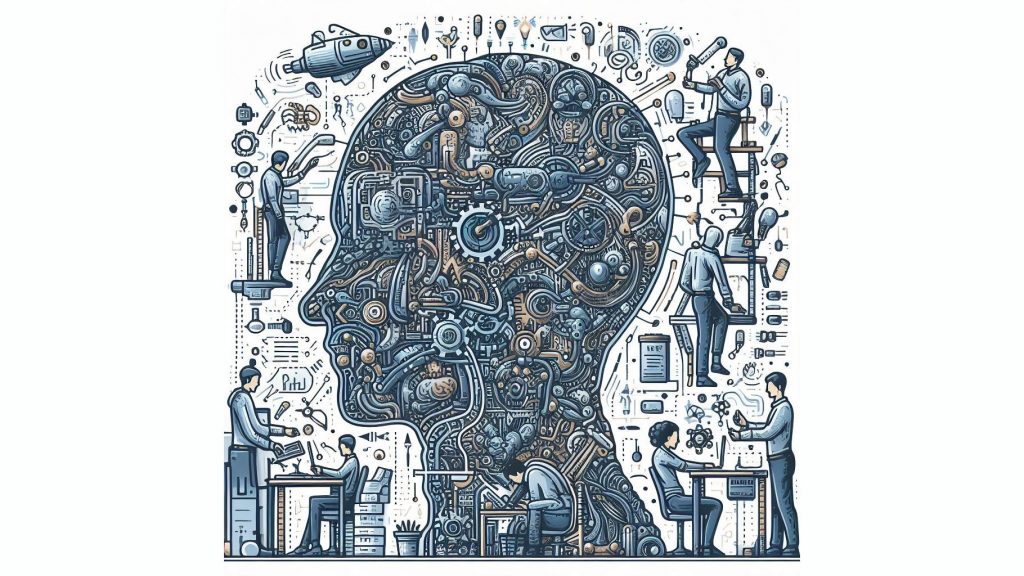
The landscape of Generative AI is ever-evolving, with each stride forward unveiling new challenges that beckon multidimensional solutions. Let’s talk about the ongoing challenges and contemplate the socio-technical solutions required to navigate these challenges adeptly.
Socio-Technical Solutions to Address Ethical Risks:
- Interdisciplinary Collaboration:
- Bridging the divide between technical and social domains is paramount for addressing the ethical risks associated with Generative AI. This necessitates fostering interdisciplinary collaborations that amalgamate the expertise of technologists, ethicists, policymakers, and societal stakeholders to formulate well-rounded solutions.
- Initiatives like the AI Incident Database demonstrate the merits of cross-disciplinary engagement on AI ethics issues, with contributions from computer scientists, social scientists, journalists, regulators, and impacted communities.
- Public Awareness and Education:
- Elevating public awareness and understanding of the risks and opportunities associated with Generative AI is crucial for engendering informed societal discourse
This encompasses not only education campaigns but also the creation of accessible platforms for public engagement and deliberation. For instance, interactive simulations like Experiential AI help users directly witness the generation process, elucidating the strengths and weaknesses of language models through hands-on experimentation. Democratizing access to AI safety literacy is key.
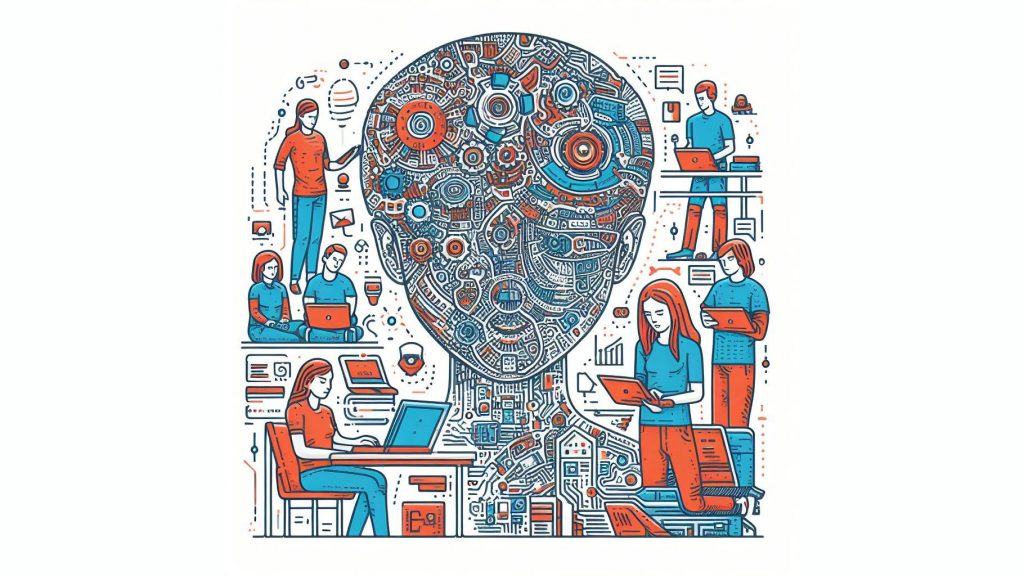
Developing Multiple Lines of Defense Against Attacks:
- Holistic Security Frameworks:
- Crafting holistic security frameworks that encompass robust detection mechanisms, resilient system architectures, and proactive threat intelligence is pivotal for defending against a myriad of attacks targeting Generative AI systems.
- A multi-layered defense-in-depth approach spanning training-time hardening, runtime monitoring, and continuous red team testing provides in-depth resilience against evolving threats to AI systems.
- Continuous Monitoring and Adaptation:
- Establishing continuous monitoring and adaptation mechanisms to swiftly identify and mitigate emerging threats is crucial for ensuring the long-term security and trustworthiness of Generative AI systems.
Achieving Value Alignment Across Diverse Contexts:
- Cultural Sensitivity in Model Training:
- Ensuring that generative models are trained in a manner that respects and accommodates diverse cultural, social, and ethical values is a complex yet vital endeavor. This involves not only curating diverse training datasets but also engaging with diverse stakeholder groups to understand and address their concerns.
- Transparent Value Embedding:
- Transparently embedding societal values within the design and deployment of Generative AI systems is crucial for achieving value alignment. This necessitates the development of frameworks and standards that articulate the values to be upheld and the mechanisms for ensuring compliance.
Reducing Barriers to Research for Responsible AI Development:
- Open Access to Resources:
- Fostering an ecosystem that facilitates open access to resources, including datasets, tools, and knowledge, is vital for reducing barriers to research in responsible AI development. This also encompasses promoting the sharing of best practices and learnings across the global AI community.
- Incentivizing Responsible Research:
- Establishing incentives for responsible research and development in Generative AI, including funding, recognition, and support structures, can significantly propel the advancement of ethical and responsible AI practices.
Conclusion
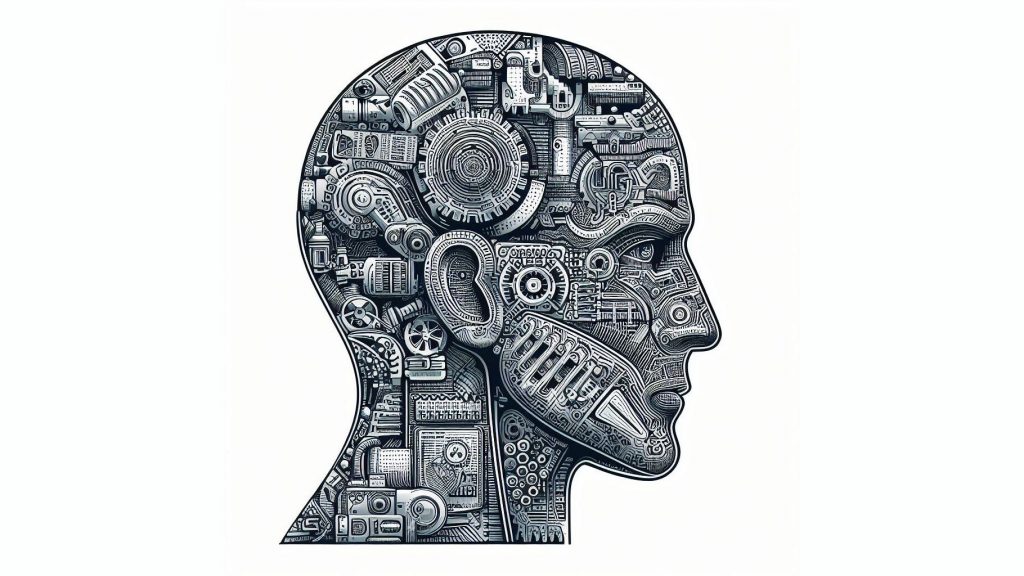
The age of Generative AI vividly reminds us of the classic Spider-Man quote, “With great power comes great responsibility.” This technology, laden with transformative potential, also brings forth a myriad of challenges that beckon our collective attention. The conversation around privacy, authenticity, controllability, and compliance isn’t just technical—it’s a societal dialogue that shapes the essence of the trust we place in digital interactions.
The road ahead is complex but navigable, with a balanced blend of technical innovation, ethical considerations, and regulatory frameworks. The promise of Generative AI is vast, and with a measured, collaborative approach, we can ensure that this power is harnessed responsibly, steering the tide towards a future where technology serves as a robust pillar of societal well-being.
| We are hosting leading industry experts for a two-part webinar series that unveils strategies for understanding the importance, legal nuances, ethical considerations, and future challenges of responsible AI. Register now. |



